Today, there is big news from Eastern Ukraine.
Here, as Russians are on the brink of kicking off their multi-front summer offensive, Ukrainians are launching a summer campaign of their own, targeting key Russian military and logistical assets. By using missiles and long-range drones, Ukraine aims to deal as much damage as possible at the most important moment, right before the Russians accumulate enough forces and equipment to overwhelm the Ukrainian army.

In one of the most significant recent operations, Ukrainian forces successfully targeted the headquarters of Russia’s 8th Combined Arms Army in Russian controlled Donetsk city. Using Storm Shadow missiles combined with drones, Ukrainians drained Russian air defenses before wreaking utter destruction on the massive Russian headquarters.

According to reports by local media and residents, the headquarters building was razed down to the basement, whole groups of killed Russian personnel being carried out continuously. Among those confirmed killed was one of the main targets, Colonel Ruslan Goryachkin, commander of the 8th Guards Combined Arms Army, who has absolute control of all Russian forces operating from Velyka Novosilka to Pokrovsk, and is credited with the only significant gains Russians have made since the start of 2024. His elimination will have a massive effect on Russian preparations and later offensive operations, as the Russians stand before the largest operation they have launched since the start of the invasion over 3 years ago.

Simultaneously, Ukraine conducted an extensive drone operation in occupied Luhansk, highlighting their multi-layered strike approach. More than 20 drones struck Russian logistics facilities overnight, causing extensive fires throughout the city.

Although Russian officials claimed 35 out of 40 drones were intercepted, footage contradicts this, showing massive fires at a critical oil depot and far more than 5 drones striking Russian targets. Head of Ukraine's Center for Countering Disinformation, Andriy Kovalenko, emphasized that Russian logistics in temporarily occupied Luhansk are burning, underscoring Ukraine’s intent to systematically dismantle the infrastructure supporting Russian frontline operations.

These operations come as Russia gears up for an extensive offensive spanning multiple fronts, from Sumy to Kherson, Donetsk, and Zaporizhia. Recognizing its numerical disadvantage in frontline personnel, Ukraine must rely on precisely dismantling Russian combat capabilities before its offensive can gain momentum. By targeting logistics hubs, command centers, and ammunition depots, Ukraine aims to introduce critical delays and attritional losses to Russian preparations. Each delay significantly benefits Ukraine, allowing additional time to fortify defenses and shortening Russia’s viable window for success due to the limited timeframe with favorable weather conditions.

Moreover, forcing Russia into launching premature assaults with insufficient preparation substantially weakens its operational effectiveness, making those sent on the attack vulnerable to Ukraine’s experienced drone operators and artillery units and unable to breach the defense lines.

Ukraine’s strike campaign also continues to disrupt Russian rail logistics, vital to sustaining offensive operations. As you remember, Ukrainian drone operators have repeatedly hit critical railway supply points in Zaporizhia, significantly hampering Russian resupply efforts. Additionally, Ukraine’s cyber specialists temporarily disabled key Russian Railways services in Voronezh, crippling logistics management in the north. Complementing this, Ukrainian security services have coordinated several direct sabotage operations, igniting a freight locomotive in Saratov and blowing up a railway in Voronezh, demonstrating Ukrainian sabotage operations within Russian territory.

Ukrainians have also targeted a key Russian military ammunition depot in Zabaykalsky Krai, near Velikaya Tura, causing large explosions to go off for hours.

While Russian officials attempted to downplay the event, eyewitness accounts report dozens of secondary detonations, pointing toward another successful Ukrainian sabotage operation. In Rostov oblast, Ukrainian drones targeted the strategically important Atlas depot facility, part of Russia’s state reserve system, responsible for stockpiling and distributing fuel, lubricants, food, and technological equipment essential for sustained combat operations, with satellite data further confirming large-scale fires that raged at the site.

Overall, Ukraine’s approach lies in offsetting Russia’s numerical advantage by identifying, tracking, and targeting critical Russian military logistical assets. These precise operations maximize damage to enemy capabilities while effectively committing Ukraine’s limited high-precision weaponry. Meanwhile, Ukraine continues to advance its drone technologies, enhancing long-range capabilities and increasing monthly production rates.

This systematic approach allows Ukraine to sustain and amplify pressure, effectively undermine Russian preparations, and critically weaken their ability to launch a coordinated, large-scale summer offensive. This means that Ukrainian soldiers can more effectively counter diminished Russian assaults, shifting the battlefield dynamics in Ukraine’s favor.










.jpg)
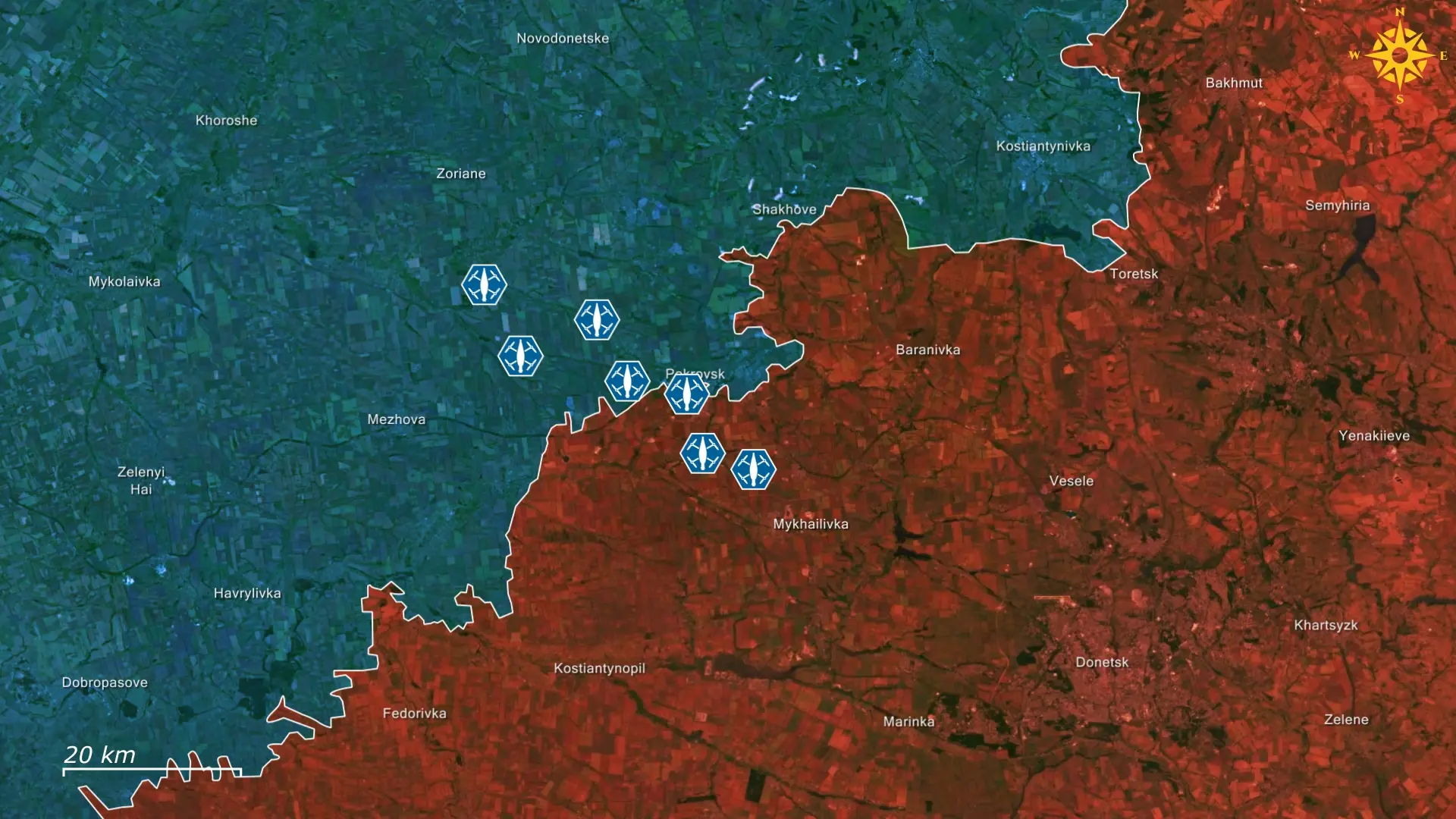
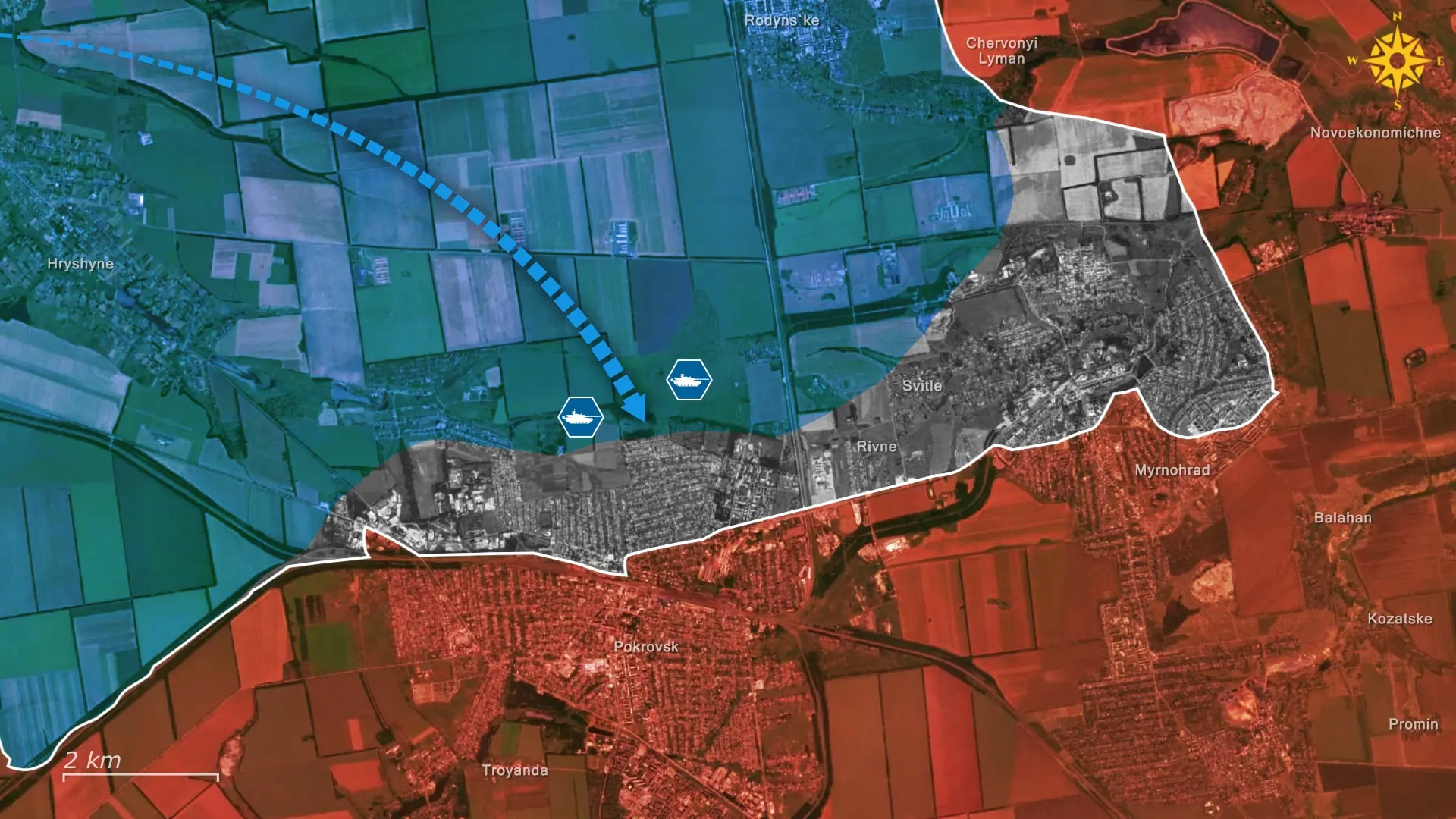
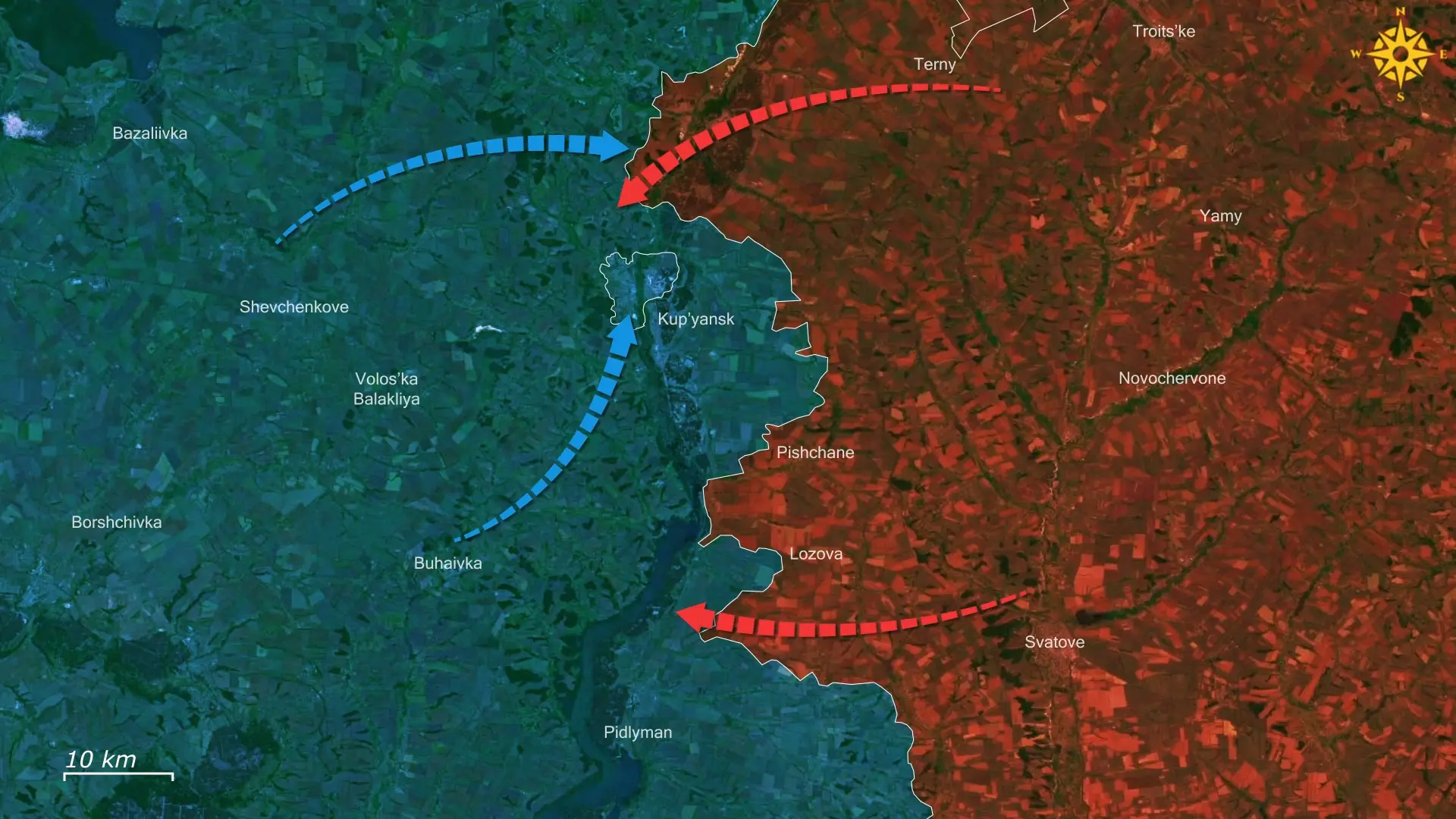
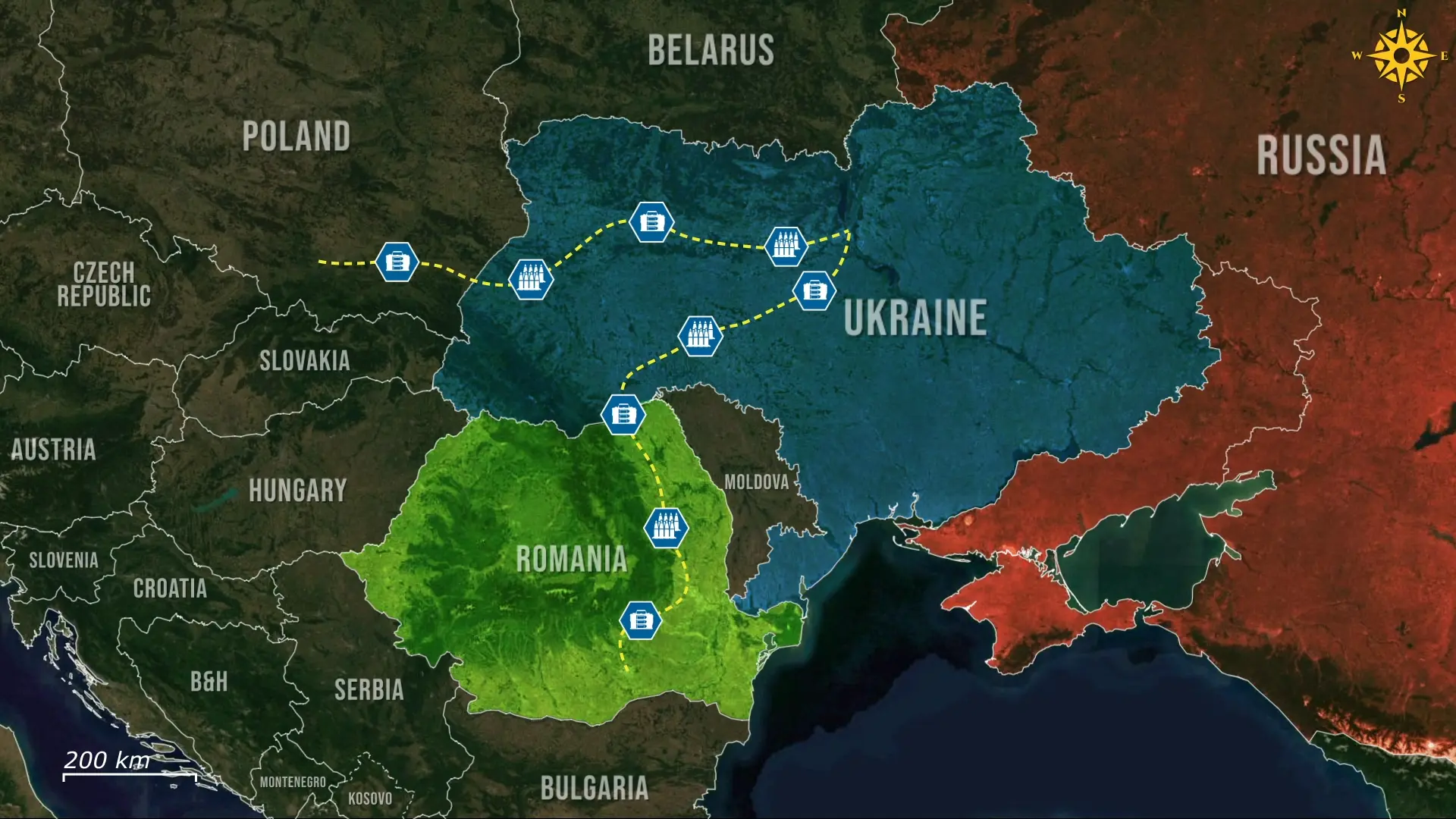
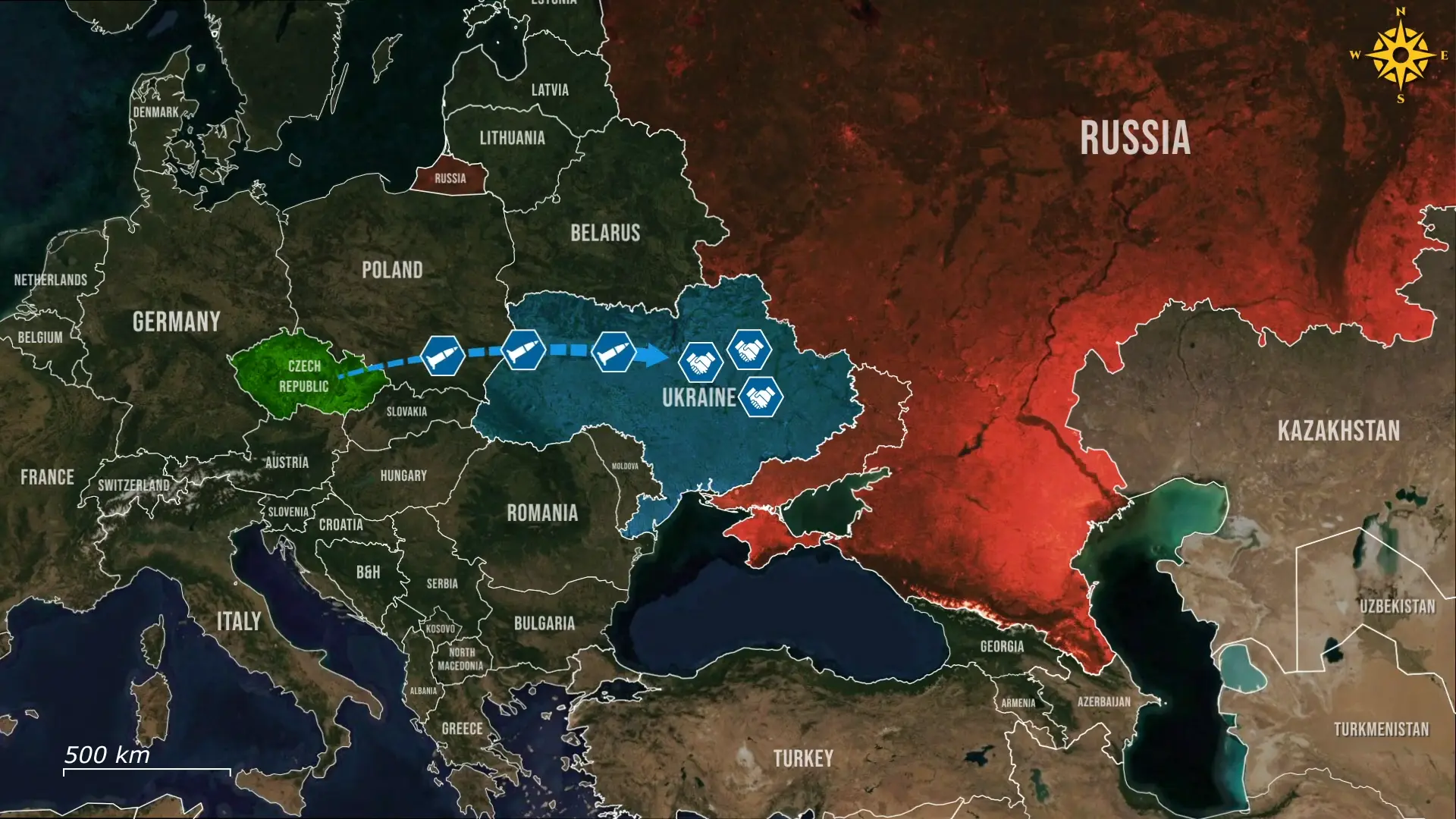
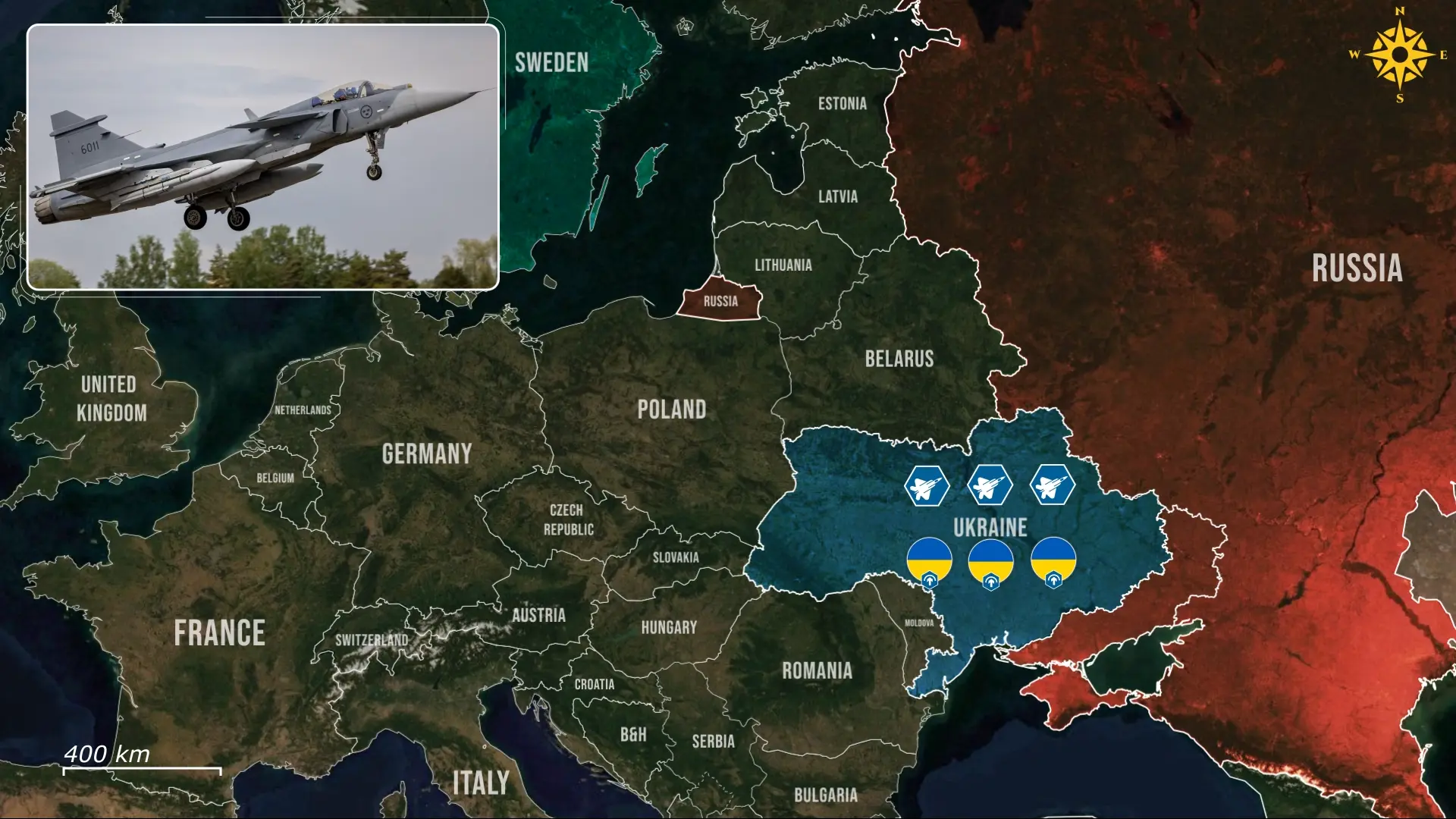
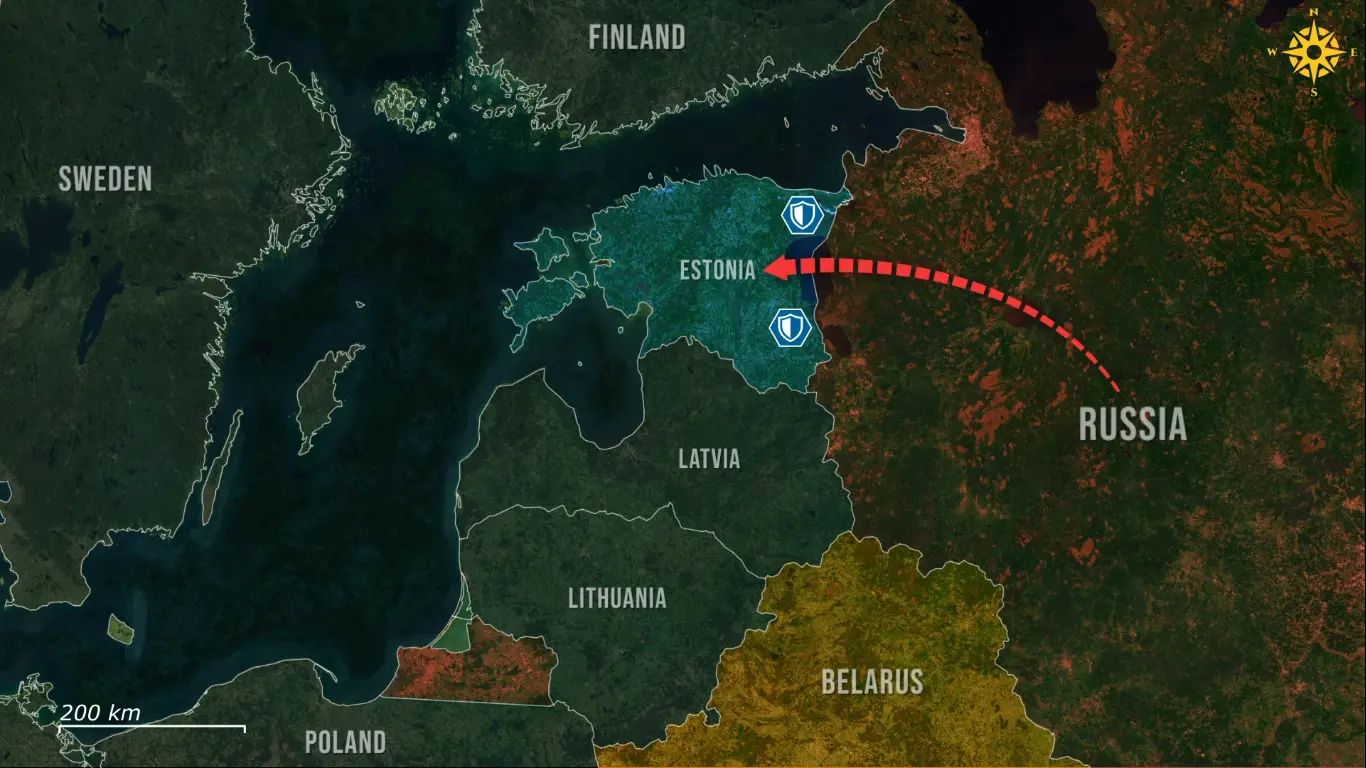
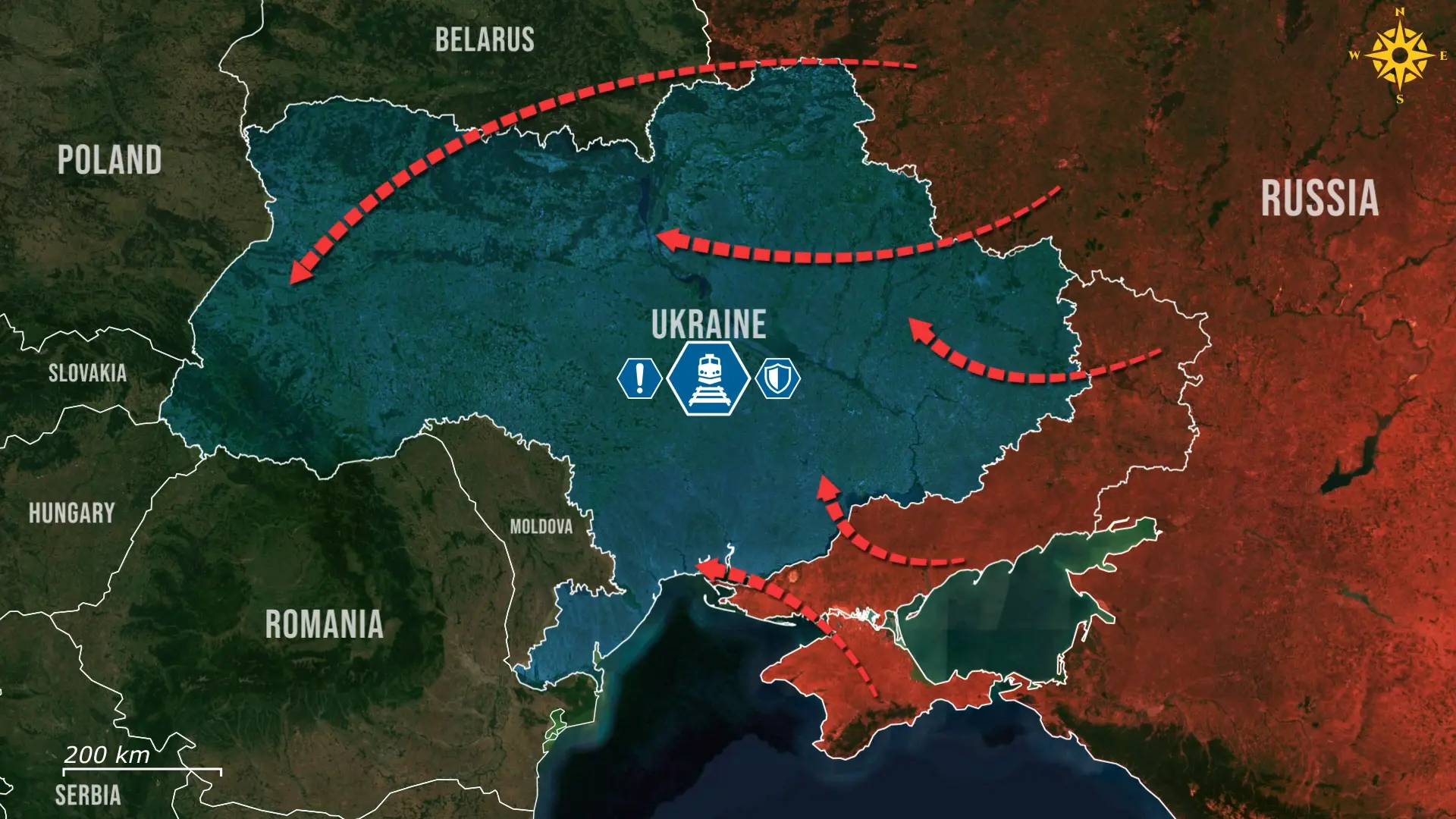
Comments